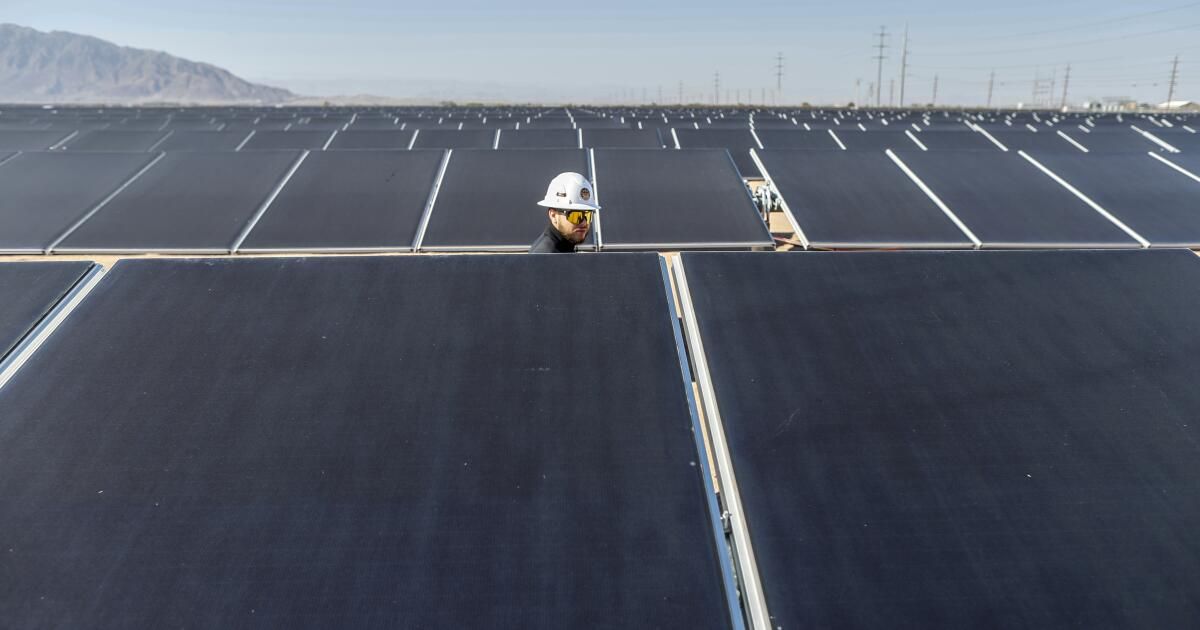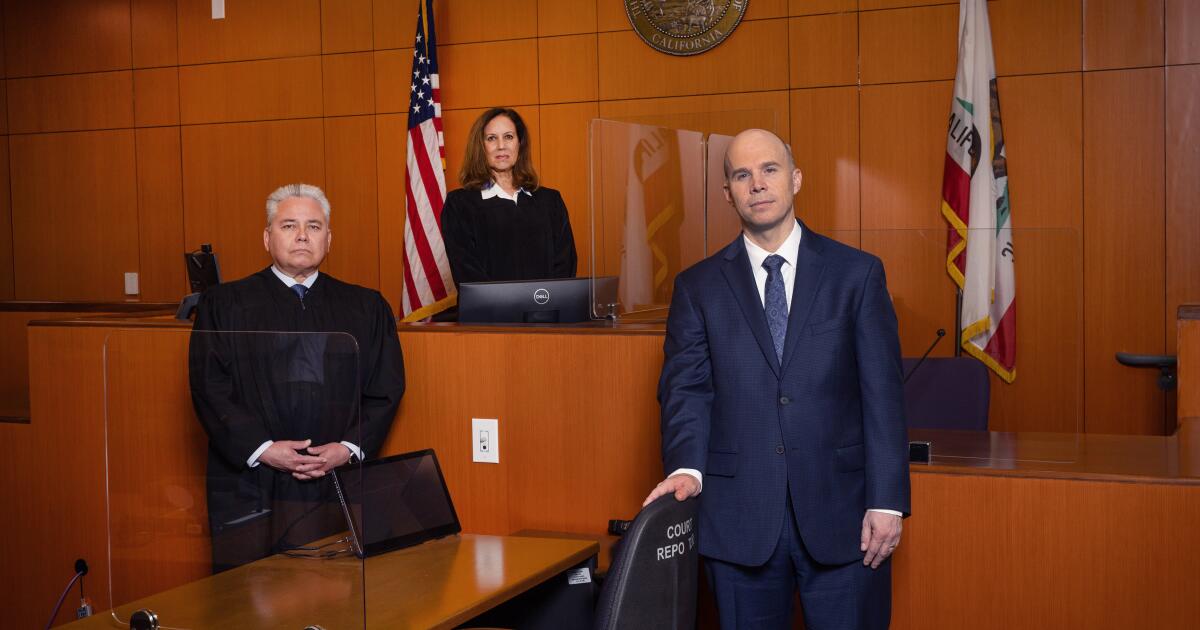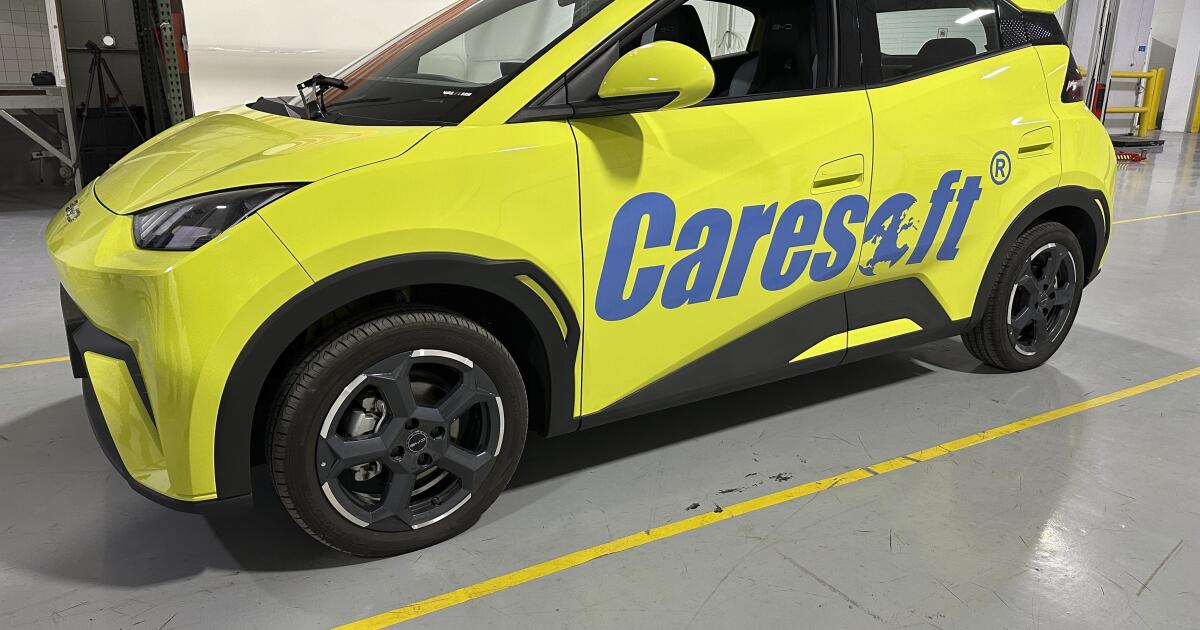To the editor: I'm tired of solar and wind energy being called “clean.” The production and use of both generate a lot of pollution and environmental damage. (“Biden’s Western Solar Plan Sounds Scary. But It’s Better Than Climate Change,” February 1 column)
At best, they can be called “carbon-free,” which, of course, is a good thing.
Interestingly, simply using less energy is never discussed, even as a partial solution to global warming. And the fact that the constant growth of the Earth's human population must stop at some point is also a taboo topic. Does anyone really believe that constant population growth is sustainable?
Economists should study how the human population can be reduced without devastating economies. Is it not worth serious discussion as a way to slow climate change or perhaps reverse the devastation of the natural world we have already inflicted?
Lore Spangler, Los Angeles
..
To the editor: Installing solar panels on just half the length of the approximately 440-mile California Aqueduct would go a long way toward helping our state meet its solar energy goals.
Assuming a 100-foot-wide installation on only half of the pipeline, this would allow more than 100 million square feet of solar panels to be installed on already developed infrastructure. Such facilities would limit the environmental impact and public resistance to large-scale installations on sensitive, undeveloped public lands.
Additionally, the shade provided by the facility could reduce evaporation losses along its long route to its end users.
I think it's beneficial for everyone.
Dean L. Pratt, Los Angeles
..
To the editor: We need all the renewable energy we can generate from solar, wind and other sources.
A major conflict in the solar energy space is the use of public lands for large solar parks. Many rural communities and conservationists oppose these due to the loss of open space and habitat, and yet these projects are part of the solution that we cannot ignore.
To minimize opposition to such projects, a balance of federal investment dollars must be achieved between remote solar farms and urban locations (e.g., rooftop solar). A 50-50 split between the two options could be a starting point.
Oil fields and disturbed mining sites should always be priority locations for solar parks. This could result in cost savings by not requiring restoration of these sites first.
Todd Collart, Ventura












